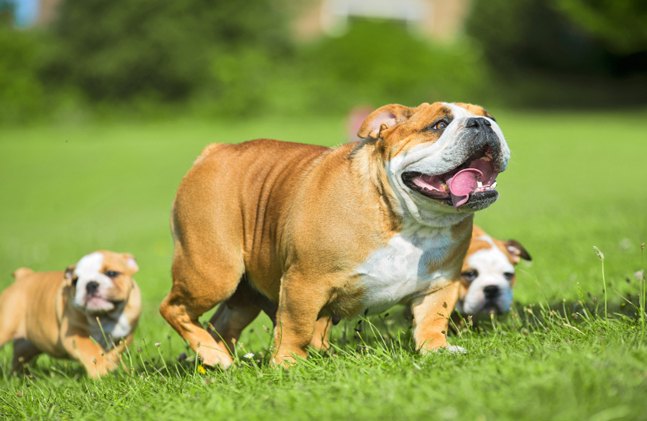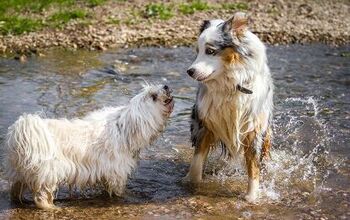All About Spaying Dogs

So you might have heard about spaying, but be wondering what all the fuss is about. Spaying can be a controversial issue. Some people swear by it – and it does have many benefits – whereas others believe that it’s unnecessary or could even be detrimental. Before you make up your mind about what’s right for your pooch, you should learn a little bit more about spaying your dog and what it entails.
What is Spaying, Anyway?
Spaying is a general term for the sterilization of a female animal, in this case, a dog. A dog who has been spayed will be unable to get pregnant and won’t come into heat. Although several methods for spaying dogs exist, the term generally refers to a surgical procedure. In the United States, spay surgery for a female dog usually involves the removal of the uterus and the ovaries, although some veterinarians prefer to simply remove the ovaries. While it is a serious operation, it’s one that most vets carry out on an extremely regular basis, so in this sense it is fairly routine.
When Should a Dog Be Spayed?
There’s a lot of debate over what age a dog should be when she’s spayed and it’s unlikely that people are going to reach an agreement any time soon. Many people believe that it’s best to spay a dog before her first heat, because this reduces her chances of getting mammary cancer in later life to almost nil. However, others believe that hormones play an important role in dog development, so spaying too early – especially if your have a larger dog – could be damaging to her health. If you’re unsure what to do, follow the advice of your veterinarian. If your dog has already started having cycles when she gets spayed, it’s generally advisable to have the surgery done halfway through her heat cycle, so about three months after her last season.
What Happens on the Day?
If you choose to have your dog spayed, you’ll have to admit her into the veterinary surgery, although usually only for the day. She will need to fast for a certain number of hours before the surgery – your vet will advise you on the exact length of time – because vomiting during the operation could be problematic. Common practice is for you to take your pooch to the vet first thing in the morning so that she can have an early surgery and be home by the afternoon, thus avoiding an overnight stay.
What Are the Pros of Spaying?
You’ll find many positive reasons for having your dog spayed. A dog who’s been spayed is much less likely to develop mammary, or breast, cancer than one who hasn’t. This risk drops to almost nil in a dog who was spayed before her first season. Spaying also means your dog won’t be able to get pyometra (an infection of the uterus) and, depending on the type of spay surgery she had, can prevent ovarian and uterine cancers. Aside from medical reasons, it will also prevent your dog from having an unplanned litter of puppies (there are already far too many unwanted dogs in the world) and avoid the mess and inconvenience of having a dog on heat in the house.
What Are the Cons of Spaying?
The main disadvantage of having your dog spayed is the inherent risks of surgery and undergoing anesthetic. That said, modern day anesthetics are generally quite safe, so unless your pooch is getting on in years or has another health issue, the chance of complications is fairly low. Some people believe that spaying can disrupt a dog’s hormonal balance and cause other medical problems, but there’s no firm evidence to support this. Besides, if you are worried about this, spay surgery where only the ovaries are removed can be a good compromise.

Lauren Corona is a freelance writer from merry old England. She specializes in writing about dogs and other critters. Lauren lives near Oxford, with her gorgeous Doberman, Nola. When she's not tapping away at the keyboard, you'll find her walking in the woods with Nola-dog, raising money for the Oxfordshire Animal Sanctuary, cooking vegan food, making zines and writing about herself in the third person.
More by Lauren Corona























